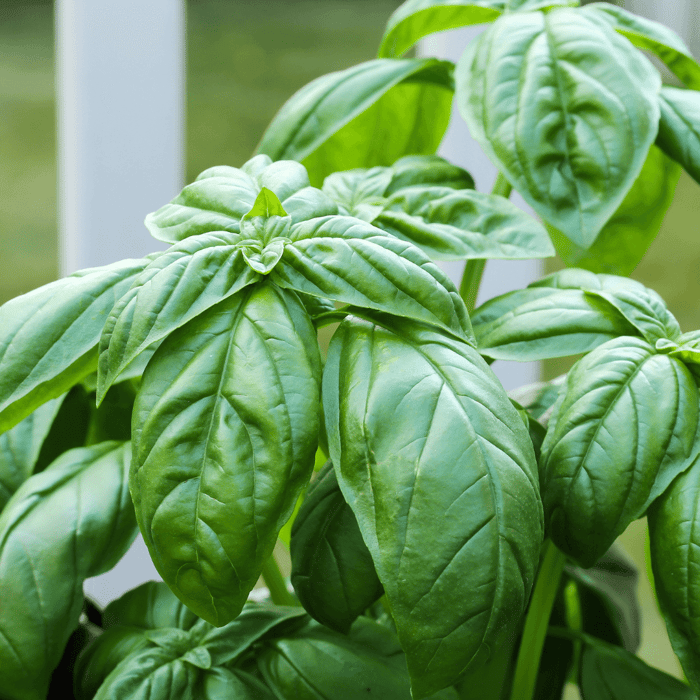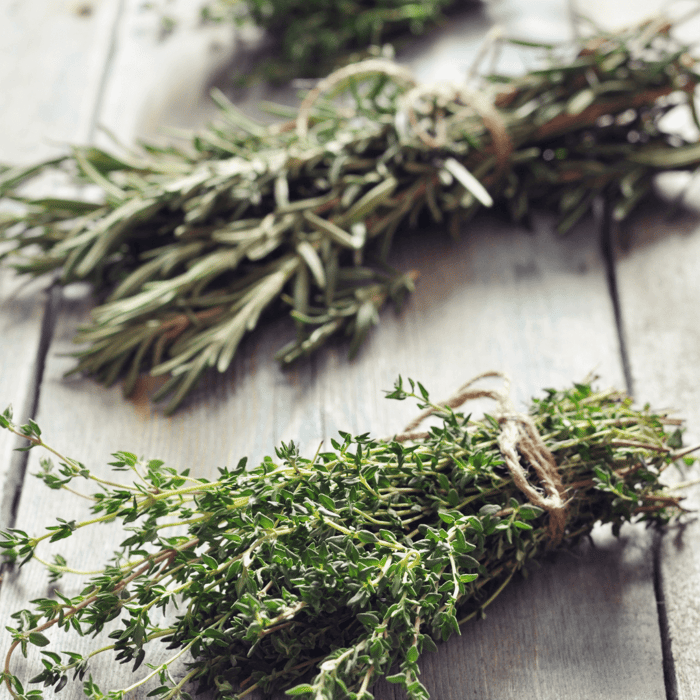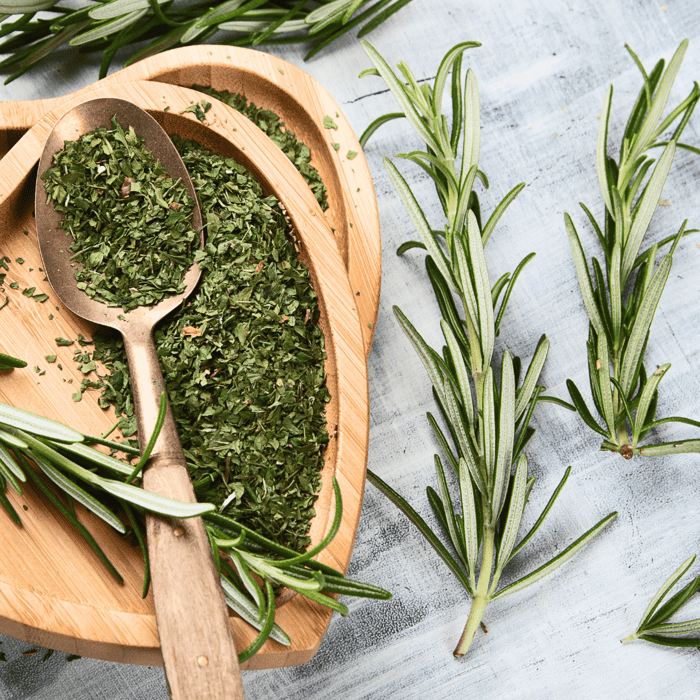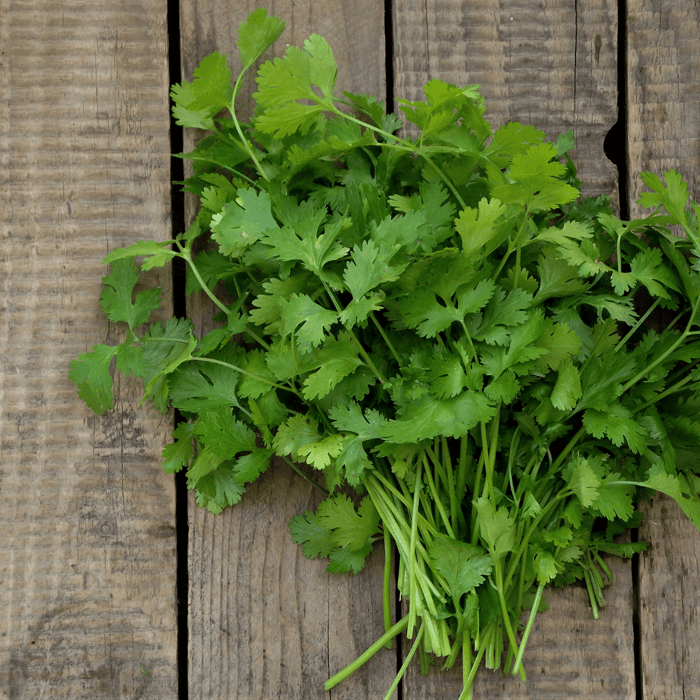Hello, fellow gardeners! I'm a gardener, and I absolutely love growing my own herbs, especially basil. In this in-depth article, we will explore the art of trimming and harvesting basil, one of the most versatile and fragrant herbs. Let's delve into the wonderful world of basil plants and learn how to make the most of your basil harvest and learn how do I cut basil off the plant!
Table of Contents
- Introduction to Basil Varieties
- Starting Basil from Seeds
- Growing and Caring for Basil Plants
- When and How to Harvest Basil
- The Importance of Pruning Basil
- Dealing with Basil Flowers
- Preserving Fresh Basil
- Using Basil in the Kitchen
1. Introduction to Basil Varieties
There are numerous basil varieties available, each with its own unique characteristics. Here are some popular types:
- Sweet Basil: The most common type, with a sweet and slightly spicy flavor.
- Thai Basil: With a licorice-like taste, it is widely used in Southeast Asian cuisine.
- Purple Basil: Similar to sweet basil in taste, but with attractive purple leaves.
- Lemon Basil: A citrusy aroma and flavor distinguish this variety.
Explore different varieties to find the one that best suits your taste and culinary needs.
Assorted Gourmet Basil Seed Varieties | 8 Variety Pack
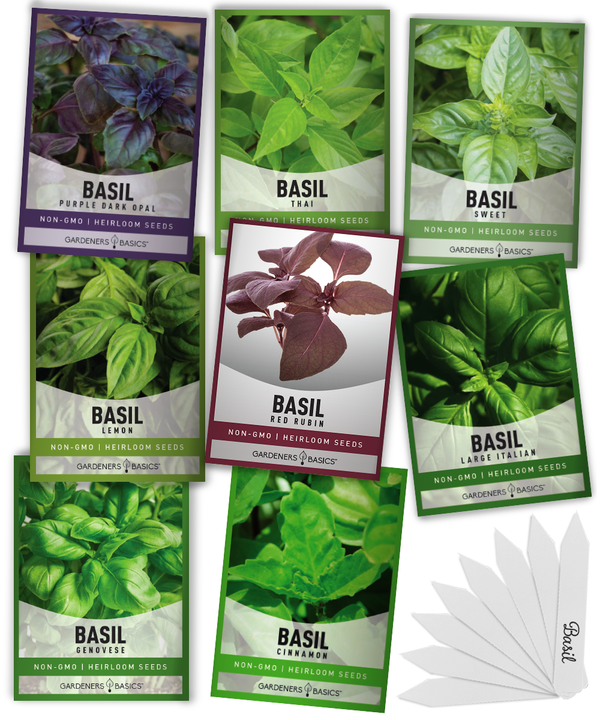
$15.95
The Ultimate Gourmet Basil Seeds Pack: 8 Varieties of Heirloom, Non-Hybrid Basil Introducing our 8 Gourmet Basil Seeds Variety Pack, the ultimate choice for basil lovers and home gardeners! This carefully curated selection of heirloom basil seeds includes non-hybrid, open-pollinated, and… read more
2. Starting Basil from Seeds
Starting basil from seeds is an economical and rewarding way to grow this fragrant herb. Follow these simple steps:
- Sow basil seeds indoors 6-8 weeks before the last expected frost.
- Plant seeds ¼ inch deep in moist, well-draining seed-starting mix.
- Place containers in a warm spot with temperatures around 70°F (21°C).
- Keep the soil consistently moist until seeds germinate in 7-14 days.
- Provide plenty of light, either from a sunny windowsill or grow lights.
- Thin seedlings to one per pot once they have developed their first set of leaves.
- Transplant basil seedlings outdoors once they are at least 2-3 inches tall and all danger of frost has passed.
3. Growing and Caring for Basil Plants
To ensure a healthy harvest, follow these guidelines for growing basil from seeds:
- Choose a location with well-draining soil and at least 6-8 hours of sunlight daily.
- Space plants 12-18 inches apart to allow for adequate airflow.
- Water consistently, keeping the soil evenly moist but not waterlogged.
- Fertilize monthly with an organic liquid fertilizer or a slow-release granular fertilizer.
4. When and How to Harvest Basil
Begin to harvest basil when the plant has at least three sets of leaves:
- Use a small pair of scissors or your fingertips to gently pinch off the full stems of basil just above a set of leaves. This encourages the plant to produce more branches and become bushier.
- Always remove the leaves from the top of the plant, as this encourages the growth of new branches and maintains a compact, bushy plant.
- Avoid taking more than one-third of the plant at a time to prevent shocking it.
- Harvest in the morning, when the essential oils in the basil leaves are at their peak, for the best flavor and fragrance.
- Regularly trim basil throughout the growing season to encourage continuous growth and a bountiful harvest.
Basil Seeds For Planting | 5 Variety Pack
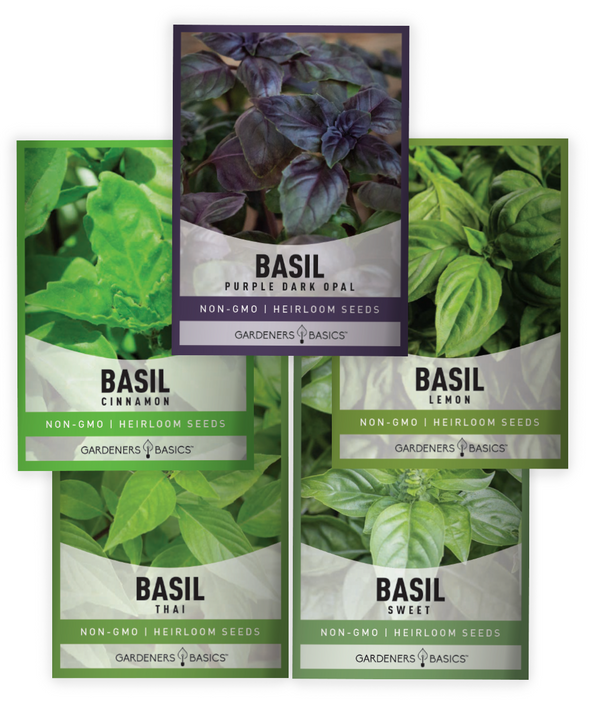
$9.95
5 Basil Seeds Variety Pack – Grow Aromatic, Flavorful Basil from Non-Hybrid, Open-Pollinated Seeds Introducing our 5 Basil Seeds Variety Pack – the perfect choice for any herb garden enthusiast or culinary adventurer. This premium selection of basil seeds offers an… read more
5. The Importance of Pruning Basil
Pruning basil is essential for promoting a healthy and productive plant. Here are some reasons why pruning is crucial:
- It encourages branching, which results in a bushier and more productive plant.
- It prevents the plant from becoming too tall and spindly.
- It helps to maintain the desired shape and size of the plant.
- It encourages new growth, which in turn provides a continuous supply of fresh basil.
6. Dealing with Basil Flowers
Basil plants will eventually produce flower buds. It's essential to remove these buds as soon as they appear for several reasons:
- Flowering can change the flavor of the basil leaves, making them taste bitter.
- The plant's energy will be diverted from producing leaves to producing seeds.
- Removing flowers promotes bushier growth and prolongs the harvesting period.
To remove basil flowers, simply pinch off the buds using your fingers or a pair of small scissors.
7. Preserving Fresh Basil
There are several methods for preserving your fresh basil harvest, including:
- Drying Basil: Hang small bunches of basil upside down in a warm, dry, and well-ventilated area. Once completely dry, crumble the leaves and store them in an airtight container.
- Freezing Basil: Blanch basil leaves in boiling water for 2-3 seconds, then immediately transfer them to ice water. Pat dry and freeze in a single layer on a baking sheet. Once frozen, transfer the leaves to a freezer-safe container or bag. Alternatively, blend basil leaves with a small amount of water or olive oil and freeze the mixture in ice cube trays.
- Basil Pesto: Combine basil leaves, garlic, pine nuts, Parmesan cheese, and olive oil in a food processor to make a delicious pesto sauce. Pesto can be stored in the refrigerator for up to a week or frozen for longer storage.
 8. Using Basil in the Kitchen
8. Using Basil in the Kitchen
Basil is a versatile herb that can be used in various dishes. Here are some ideas for using your freshly harvested basil:
- Add fresh basil leaves to salads, pasta dishes, and sandwiches.
- Use basil as a garnish on pizzas, bruschetta, or grilled meats.
- Blend basil into smoothies, lemonade, or other beverages for a unique flavor.
- Combine basil with fruits such as strawberries, watermelon, or peaches for a refreshing summer salad.
Now that you've learned how to grow, harvest, prune, and preserve basil, you can enjoy this fragrant and versatile herb all season long. Happy gardening!



